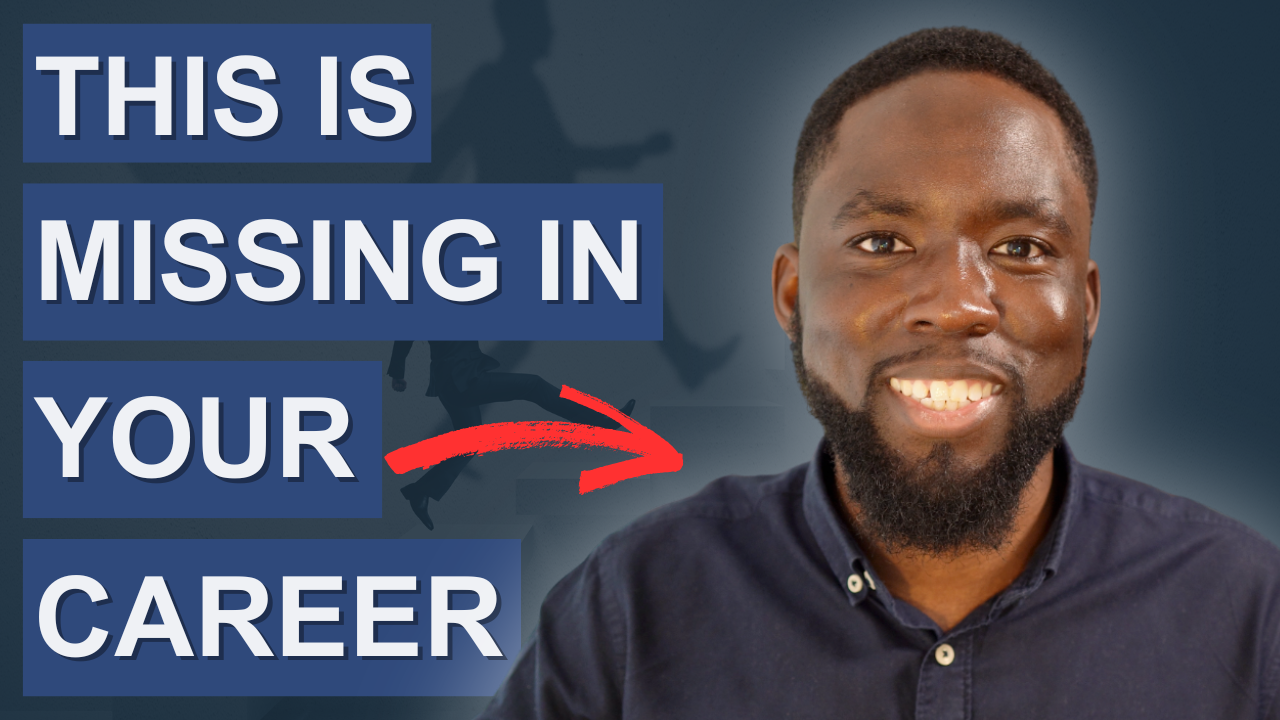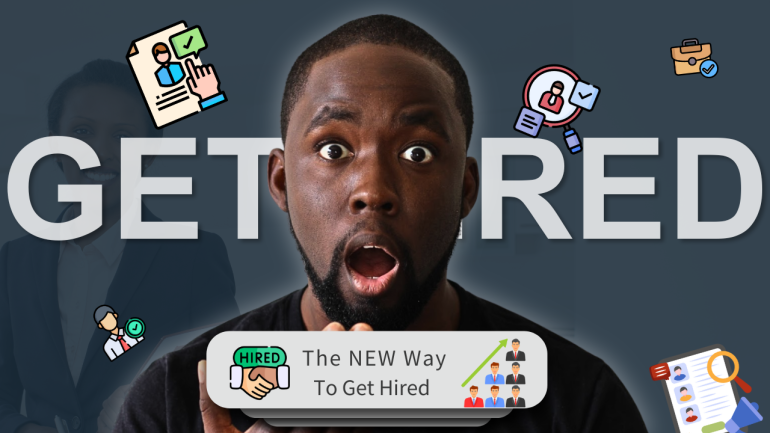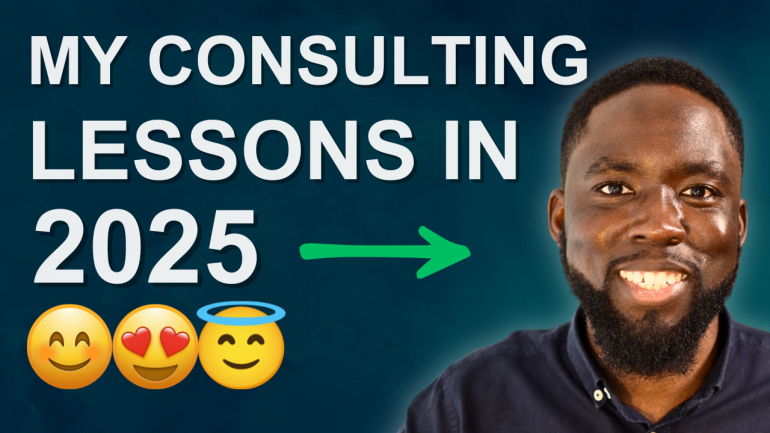How I Built a Portfolio Career and Created a 6-Figure Path
Are you still climbing the corporate ladder, wondering why it feels more like a cage than a career?
I know that feeling well. At one point, I was burned out in the NHS, frustrated by toxic cultures, and questioning whether I had more to give. I realised the traditional path wasn’t built for everyone, especially for those of us who are multifaceted and driven by variety, autonomy, and purpose.
That’s when I discovered something that changed everything: the portfolio career.
A portfolio career isn’t about cobbling together part-time jobs or hustling endlessly. It’s about designing a career on your terms, one that blends your skills, passions, and experiences into something resilient, fulfilling, and future-proof.
In this article, I’ll share how I built my career and created multiple income streams, and how you can start doing the same. You’ll learn:
- The mindset shift needed to break free from a traditional career path
- A practical 3-step framework: Understand, Reach, Expand
- How to avoid burnout while creating variety, impact, and income
- Tools and strategies to articulate your value and thrive in uncertain markets
The Problem With the Traditional Career Path
For years, the traditional career was seen as the “safe” option. But for many, it’s a straight road to burnout and underutilisation.
I saw this firsthand in the NHS. At times, I was stretched in positive ways, but more often, I was emotionally drained and caught in unhealthy work cultures. I knew I couldn’t stay locked into a system that didn’t reflect my values or allow me to truly express my potential.
And I wasn’t alone. Research from the British Medical Association showed that over 30% of medical professionals reported burnout. The King’s Fund highlighted similar figures. Burnout is no longer the exception; it’s the norm.
So what’s the alternative?
That’s where the portfolio career comes in. The OECD predicts that by 2030, around 50% of professionals in the UK will have some form of portfolio career. Work is being redefined. The question is: Will you redefine your path, too?
Step 1: Understand – Know Your Core
Every career transformation starts with self-awareness. Too often, people leap into new opportunities without truly understanding what drives them.
I had to learn this the hard way. Early in my career, I pursued opportunities that looked exciting on the surface, but they weren’t aligned with my core values. The result? Frustration, debt, and a sense of being stuck.
The shift happened when I paused to reflect. I mapped out my context, my family history, culture, strengths, weaknesses, and experiences. I asked: What are my values? What is my North Star?
Here’s where tools come in:
- SWOT Analysis (Strengths, Weaknesses, Opportunities, Threats) to identify what to lean into and what to avoid
- PESTLE Analysis (Political, Economic, Social, Technological, Legal, Environmental) to understand market realities
- PAR Model (Problem, Action, Result) for rewriting my CV, focusing on the value I brought to organisations
Action Tip: Take inventory this week. Write out your key strengths, values, and skills. Reframe your CV using the PAR model so it highlights the strategic problems you’ve solved, the actions you took, and the measurable results you delivered.
When you understand yourself deeply, you build from a position of clarity and strength.
Step 2: Reach – Build Your Brand & Network
Understanding yourself is only the first step. To create opportunities, you need visibility.
For me, that meant moving beyond my 9 to 5 identity and positioning myself as a consultant and problem solver. I started sharing content, networking strategically, and building credibility both online and offline.
This wasn’t about being everywhere; it was about being intentional. I focused on LinkedIn and YouTube, sharing insights on portfolio careers, leadership, and programme management. Over time, this consistency built trust, and trust created opportunities.
I also invested in my pitch. If someone asked me what I did, I needed a clear and compelling answer: who I help, what I do, and how I deliver results.
Action Tip: Craft a 30-second pitch and practise it this week. It should highlight your unique value, not just your job title. Then use it in conversations, networking events, or even internally at work.
Visibility creates opportunity. The more people know what you stand for, the more doors open.
Step 3: Expand – Scale With Strategy
Once you start building momentum, the challenge is to expand without burning out. This is where strategy matters.
For me, expansion meant turning repeatable processes into frameworks. For example, instead of simply managing projects, I codified my approach into systems that I could reuse, teach, and scale. That shift from worker to problem solver to framework creator moved me closer to being a business owner rather than just a contractor.
Expansion also meant diversifying my income. I designed my portfolio using three buckets:
- Core – the main contracts that pay the bills (for me, programme management consulting)
- Growth – side ventures that are developing but not yet the main earner (coaching, content, speaking)
- Learning – future skills and experiments (AI, automation, new tech)
This structure gave me resilience. If one stream slowed down, others supported me.
Action Tip: Write down your current activities and place them into one of the three buckets. You’ll quickly see if you’re too dependent on one stream or neglecting growth and learning.
The Leadership Mindset: From Burnout to Autonomy
A portfolio career isn’t just about money; it’s about autonomy, mastery, and purpose (derived from Daniel H Pink’s book – Drive).
- Autonomy gives you the freedom to choose your path
- Mastery challenges you to sharpen your skills
- Purpose ensures your work has meaning
When at least one of these is missing, you feel stuck. When all three align, you thrive.
I’ve lived on both sides of the equation. I’ve faced burnout in toxic cultures, and I’ve also experienced the fulfilment of designing a career that reflects my values. The difference was mindset: I stopped seeing myself as a passive employee and started acting as a strategic consultant for my own career.
Bonus Tip: Codify and Scale
One of the biggest shifts I made was codifying my knowledge into frameworks. This is how you move from being paid for time to creating scalable assets. Whether it’s a methodology, a course, or even a software tool, codification is how you scale impact.
Ask yourself: What process do I repeat for clients or employers? How could I turn it into a framework, a guide, or a product?
That’s the path from consultant to thought leader, and eventually to CEO of your own career.
Conclusion: Your Career, Your Design
The world of work is changing fast. AI, economic shifts, political decisions, and cultural trends all shape the opportunities available. But one thing remains constant: you.
If you understand your strengths, reach strategically, and expand with intention, you’ll create a portfolio career that not only pays but also fulfils.
Don’t wait for permission. Don’t settle for burnout. Design your career.
So let me ask you: What is your next move?
Understand. Reach. Expand.
Peace.






